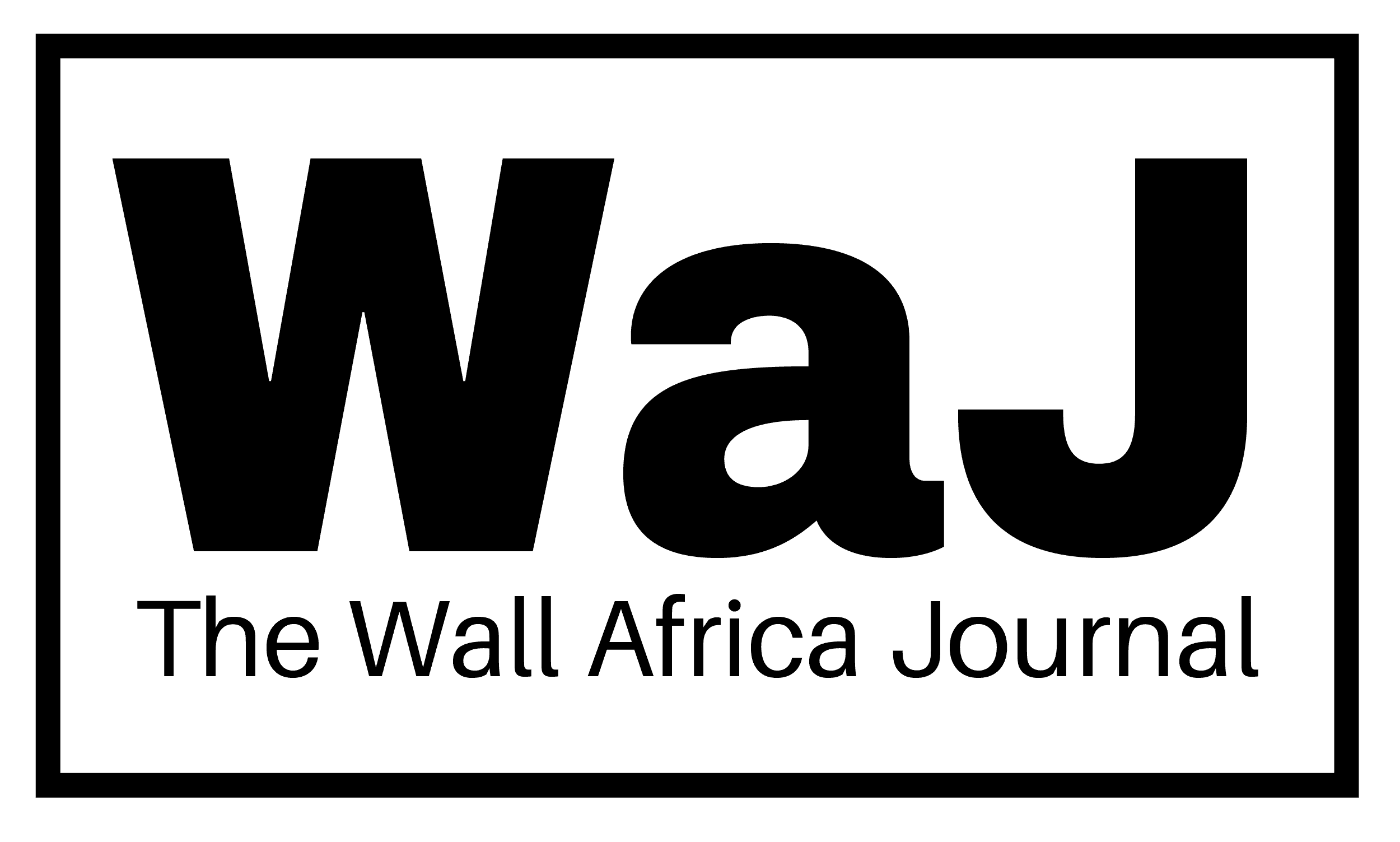A groundbreaking cultural agreement between Morocco and France’s Île-de-France Region is set to reshape how African contemporary art is curated, exhibited, and appreciated globally. The deal, signed at the Mohammed VI Museum of Modern and Contemporary Art in Rabat, underscores a growing momentum to center African artistic narratives in international spaces.
The declaration of intent was inked on Monday by Mehdi Qotbi, President of Morocco’s National Foundation of Museums (FNM), and Valérie Pécresse, President of Île-de-France. The agreement lays the foundation for sustained cultural cooperation, stretching well beyond symbolic exchange and focused squarely on joint action.
At the core of the pact is the Mediterranean exhibition, which will inaugurate the Cité de la Culture Africaine, Musée du Continent—a major cultural institution currently under development in Rabat. The exhibition is envisioned as a gateway project that will elevate African creativity and deepen artistic connections between continents.
But the collaboration goes further. Both sides have committed to sharing expertise in conservation, building educational programming tailored to local and global audiences, and supporting the acquisition and mobility of African artworks. European works from the Île-de-France Regional Fund for Contemporary Art (Frac) will also be brought into the fold, creating a cross-continental artistic dialogue rarely seen on such a scale.
Speaking at the ceremony, Qotbi described Morocco as a “threshold to Africa and a corridor to Europe,” calling the agreement a bridge where diplomacy alone often fails. “This is not just about art—this is about recognition, about presence, and about Africa taking its rightful place in global cultural spaces,” he said.
For Pécresse, the agreement reflects deeper ties that already exist. “Nearly a million residents of Moroccan origin live in Île-de-France. Our histories are intertwined, our futures interdependent,” she noted. She also announced that the director of the Frac collection will co-curate the new museum’s opening exhibition—an effort aimed at spotlighting emerging African talent on an international stage.
The signing was preceded by a tour of the museum’s galleries, where Pécresse and her delegation paused to view works by renowned Moroccan artists, including those of Tahar Ben Jelloun, the Franco-Moroccan poet and painter whose art transcends borders and identities.
This partnership, observers say, is not just a cultural gesture—it represents a tectonic shift in Africa-Europe cultural relations. As the project gains traction, its influence could stretch far beyond Rabat—echoing in Dakar, Paris, Casablanca, and Marseille—linking artistic communities across borders in a shared vision of creative solidarity.


